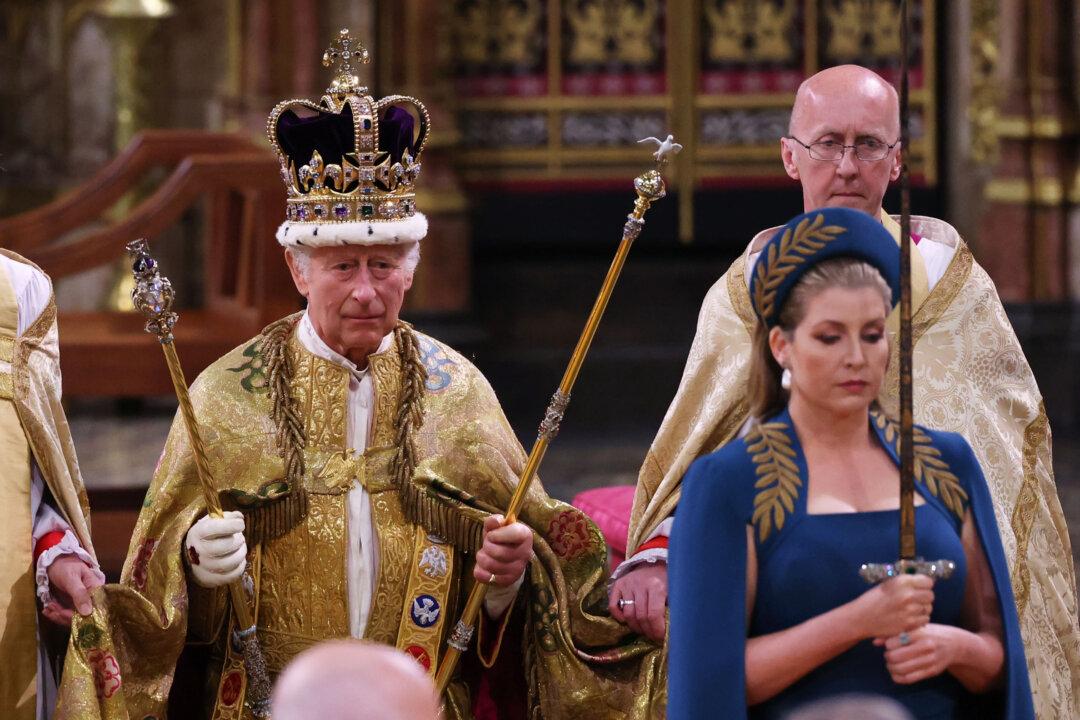Commentary
Perhaps only King Charles III understood that his May 6 coronation in London was one of the few opportunities in a century to reposition the concept of monarchy in the global spectrum of competing social systems.

Perhaps only King Charles III understood that his May 6 coronation in London was one of the few opportunities in a century to reposition the concept of monarchy in the global spectrum of competing social systems.